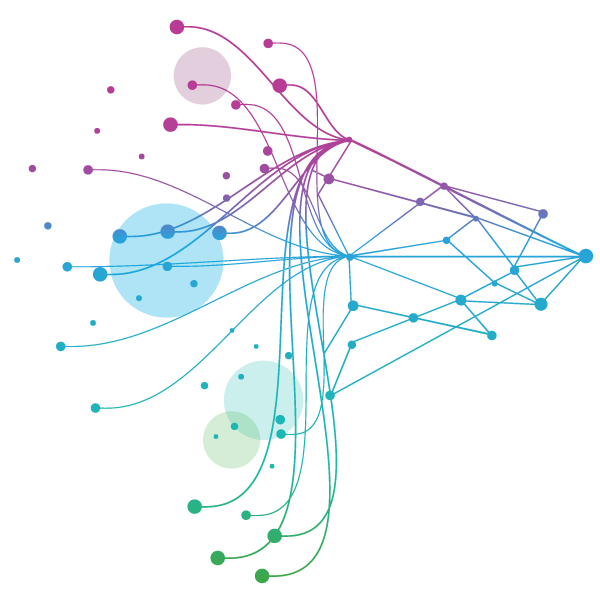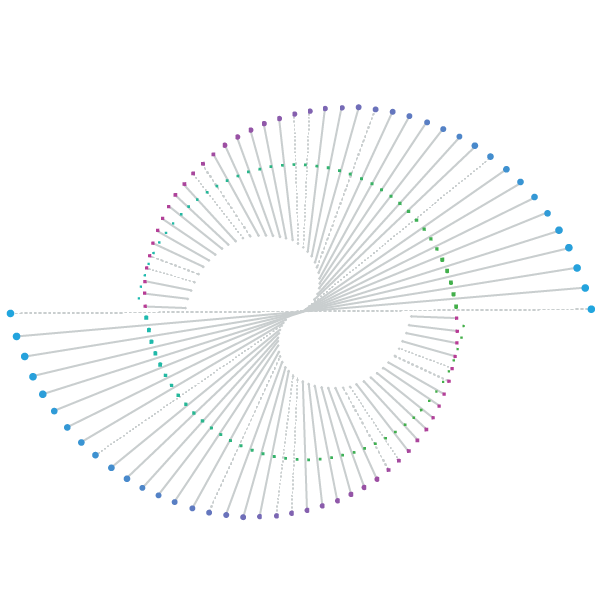





















- Library
- Obesity Interest Sparks Dealmaking Activity
In recent years, obesity has become increasingly more prominent in dealmaking within the life sciences sector, as drugmakers race to gain a share of the lucrative market. Despite a handful of blockbuster drugs already available, a significant unmet medical need remains which is fueling companies to discover and develop new, next-generation obesity medicines. Notably, there was a marked increase in partnering deal volume involving obesity candidates in 2024, with novel therapeutic modalities and treatment approaches driving several high-profile deals.
Recent technological advances in the obesity space have unveiled new drug targets and mechanisms of action which has led to several weight loss assets successfully reaching the clinic as well as a number of notable regulatory breakthroughs for the field. Leading the way are two marketed drugs — Novo Nordisk's Ozempic/Wegovy (semaglutide) and Eli Lilly's Mounjaro/Zepbound (tirzepatide) — which are both glucagon-like peptide-1 (GLP-1) receptor agonists and have demonstrated transformative potential to treat both diabetes and obesity. These blockbuster drugs recorded significant revenue growth in 2023 and 2024, with sales forecasted to continue to rise in coming years.
The emergence of GLP-1 drugs has sparked interest in the obesity field, with key players looking to develop next-generation therapies that can outcompete existing treatments and in turn gain their own share of the huge commercial opportunity. Existing medicines currently come with several setbacks, including injection administration, high costs and gastrointestinal (GI) side effects such as nausea and vomiting. Therefore, companies are focused on developing alternative weight-loss therapies with greater efficacy and ease of administration like long-acting injectables or oral pills, such as Lilly's orforglipron, a once-daily oral nonpeptide GLP-1 receptor agonist currently in Phase III development. Branching out beyond the well-trodden GLP-1 space, companies are also exploring candidates which are dual/multi-targeted or even targeted against alternative receptors. Examples include Roche's CT-388, a GLP-1/GIP receptor dual agonist, and Novo Nordisk's cagrilintide, a long-acting amylin analog.
Want to read more? Download the article to discover the latest obesity dealmaking trends, key partnering deals, and strategic insights that can help you stay ahead in the competitive market.





